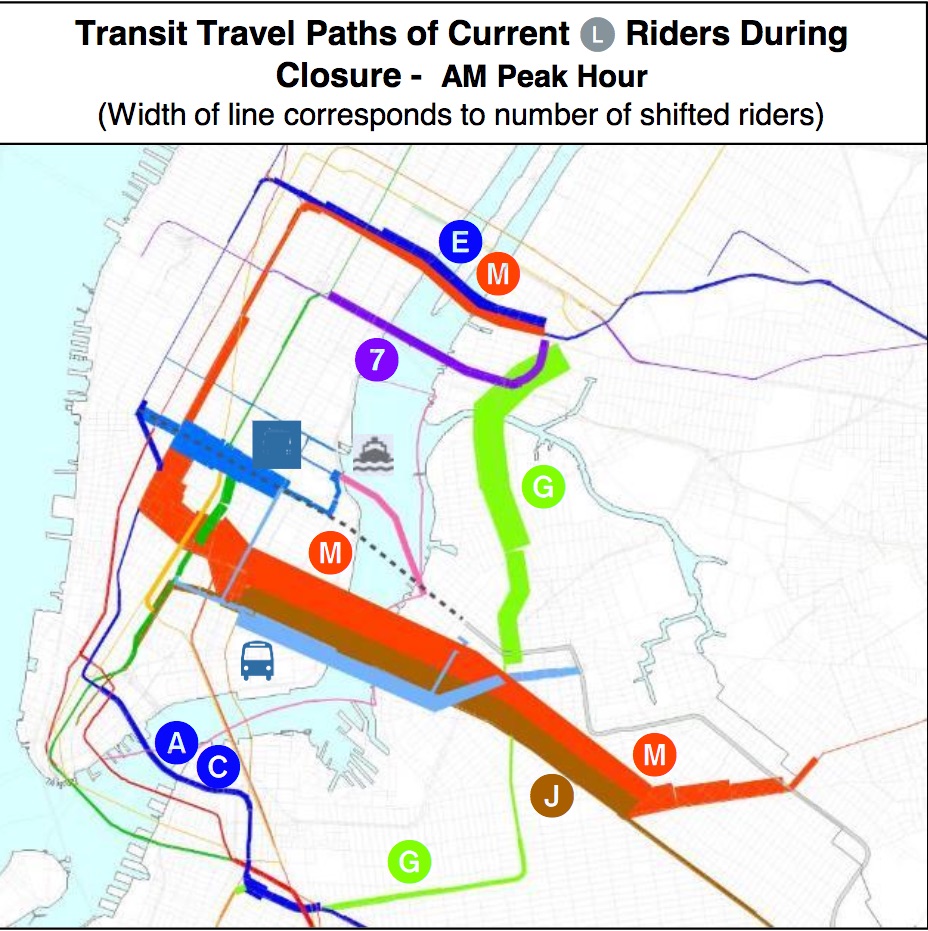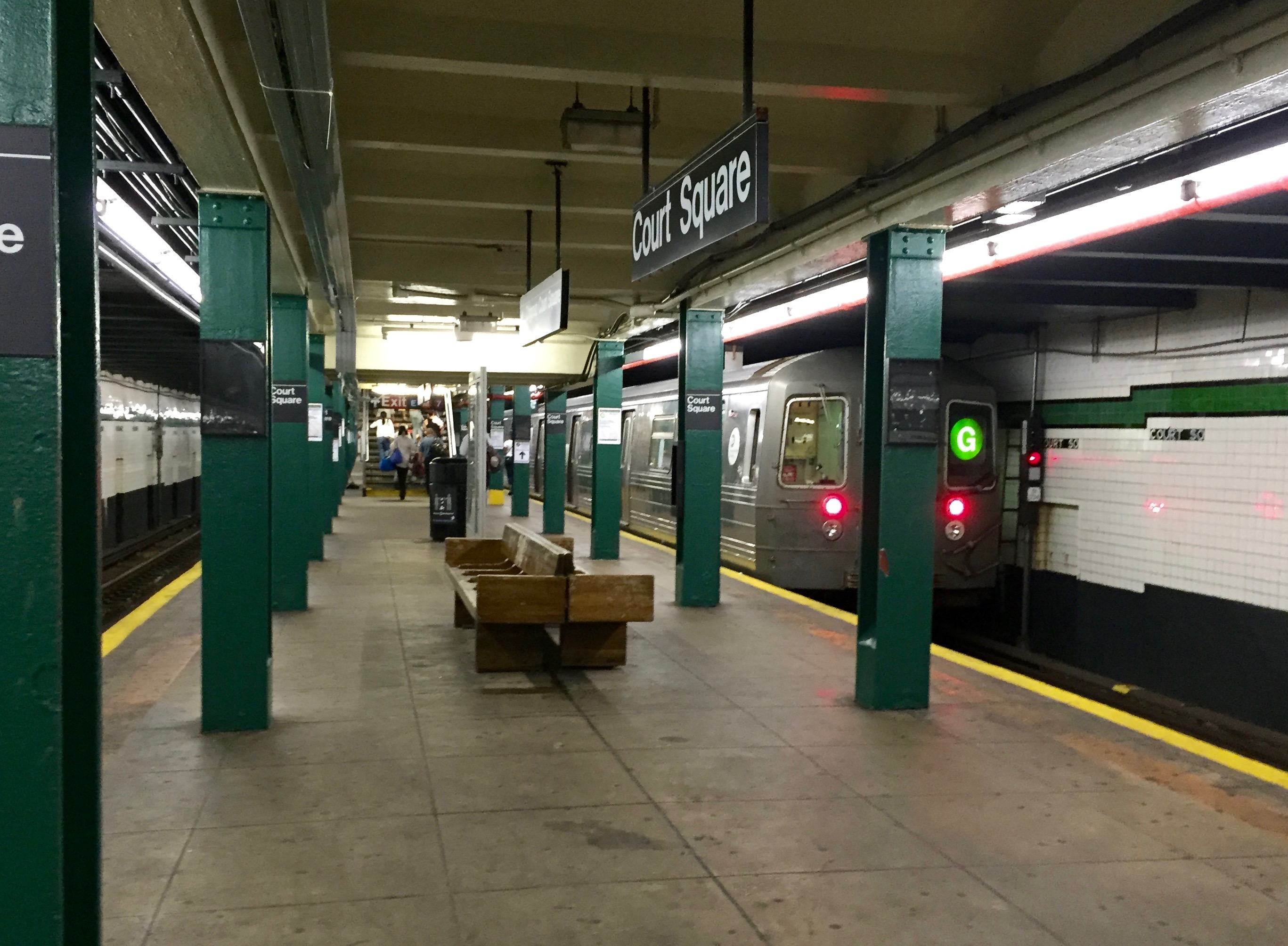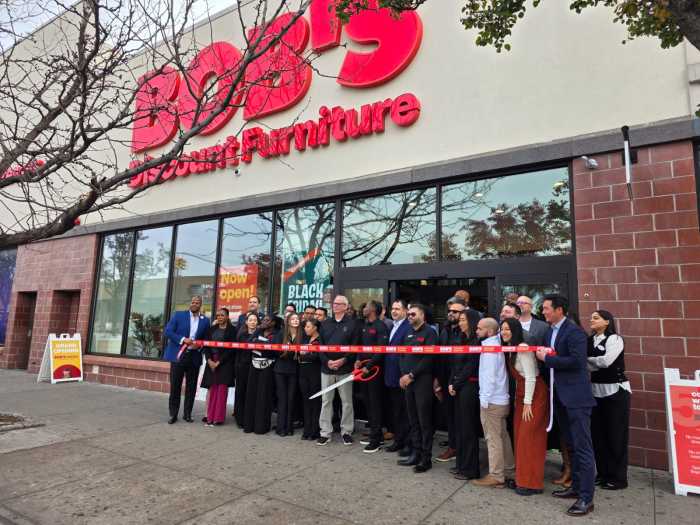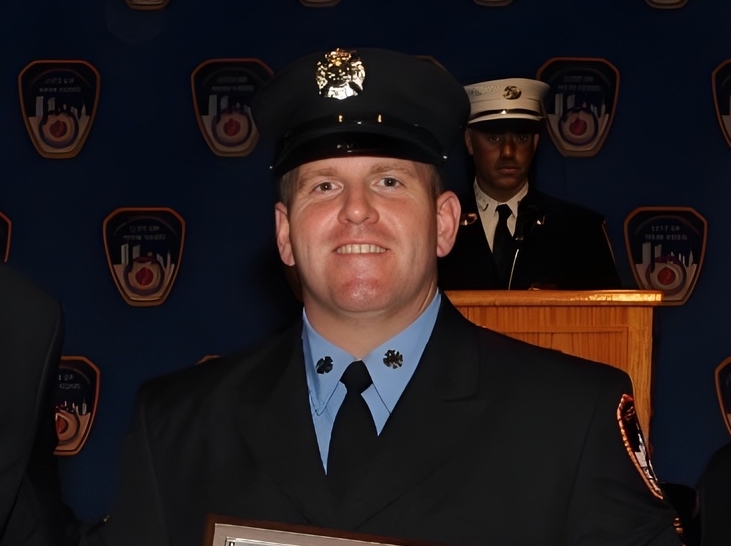via Access Queens
March 7, 2018 By Nathaly Pesantez
The MTA revealed further details earlier this week of the changes it will be making to the Court Square station as it prepares for the hoards of displaced L train riders during the impending shutdown.
The station is expected to see a significant increase in commuters beginning April 2019, when the Canarsie tunnel connecting the L train to Manhattan shuts down for 15 months worth of repairs. About 70 to 80 percent of displaced riders are expected to use other train lines to move about, including the G train, which heads into Court Square’s E, M, and 7 lines.

via MTA/DOT
To allow for a more efficient flow of people, the moving walkway at the station, located in the passage between the G and the E and M platforms, will be permanently removed this summer, the MTA said at Monday’s CB2 Transportation meeting.
“It’s at the end of its useful life,” said Judith McLane, a senior director of service planning for New York City Transit. “It takes up a lot of capacity.”
Removing the walkway during the summer, when ridership is at its lowest, will require the MTA to temporarily narrow the passageway by about 40 percent. The agency is looking at some mitigation measures to implement during the removal.
In addition, two stairways between the G platform and mezzanine will be widened, and two additional stairwells will be added there, McLane said. Work has already started on these capital projects weeks ago.
The MTA said it will hire additional staffers during the shutdown to help direct people through the station and spread passengers through the platform to make sure the trains are fully loaded.
In July 2020, when the Canarsie tunnel is expected to reopen, one of the new stairwells will be removed and replaced with an elevator. McLane said one of the additional stairwells won’t be needed after L train project is complete, which allows for the elevator to be put in instead.
The G train itself, which currently runs on four cars, will also be extended, although the number of train cars has not been determined yet. The train will also run at an increased frequency. McLane said the answer is not as simple as piling as much people as possible onto the train.
“The length doesn’t necessarily help, because if you get more people on, it’s a bigger slog of people,” McLane said. “Frequency helps, and we’re going to try to maximize the frequency because it means smaller slogs of folks on each train.”

Crosstown G platform at Court Square on the G (Harrison Leong)
Outside of station improvements, free MetroCard transfer will be available between the 21st St G station and the Hunters Point Ave 7 station.
“That was one we didn’t have on our list before but people had suggested it,” McLane said. “We thought it was a good idea and we added it.”
Members of CB2’s Transportation Committee expressed concerns about current overcrowding at the station given the neighborhood’s rapid growth, and worried about overwhelming the system even further.
But McLane said that by the time work on the Canarsie tunnel starts, two additional 7 trains will be running per hour, as the communications system the MTA has worked almost a decade to install through the line is expected to be completed.
“Talking about the 7 train is very painful because it’s been a lot of years of outages,” McLane said. “The end is in sight. We are going to be adding the service, and that will help to some degree.”
McLane added that the E train will pose more of a problem than the 7, since a lot more displaced riders are expected to use that line, which is already over capacity.
Still, the Transportation committee looked to the thousands of residential units set to be completed in the neighborhood, and urged the MTA to tackle the displaced L train riders and the growing neighborhood in one shot.
“If you gave LIC an express bus through the midtown tunnel, you would help people who live in Hunters Point from getting on the 7 to start with—free up the space for the people coming on the G,” said Mary Torres, a CB2 board member.
Torres said by the time the L train is fully back in service, Hunters Point will have outgrown its station, increasing the need for an express bus.
MTA officials said express bus service is generally not implemented when a more direct connection by subway exists, meaning the number of required customers to justify the service is usually not there.
In addition, the MTA’s bus depots are all maxed out, and coming up with a new place to store buses requires significant amounts of funding, officials said. Furthermore, the decision to purchase buses has to come from the highest levels of state government, and requires massive support from elected officials and surrounding communities.
Still, McLane will be taking some of the committee’s suggestions, like adding a bus service and increasing ferry service at Long Island City stops, back to headquarters.
The MTA is expected to return to the community board in the future to present final L train mitigation plans, and to answer some of the questions raised in their meetings with affected neighborhoods.



































